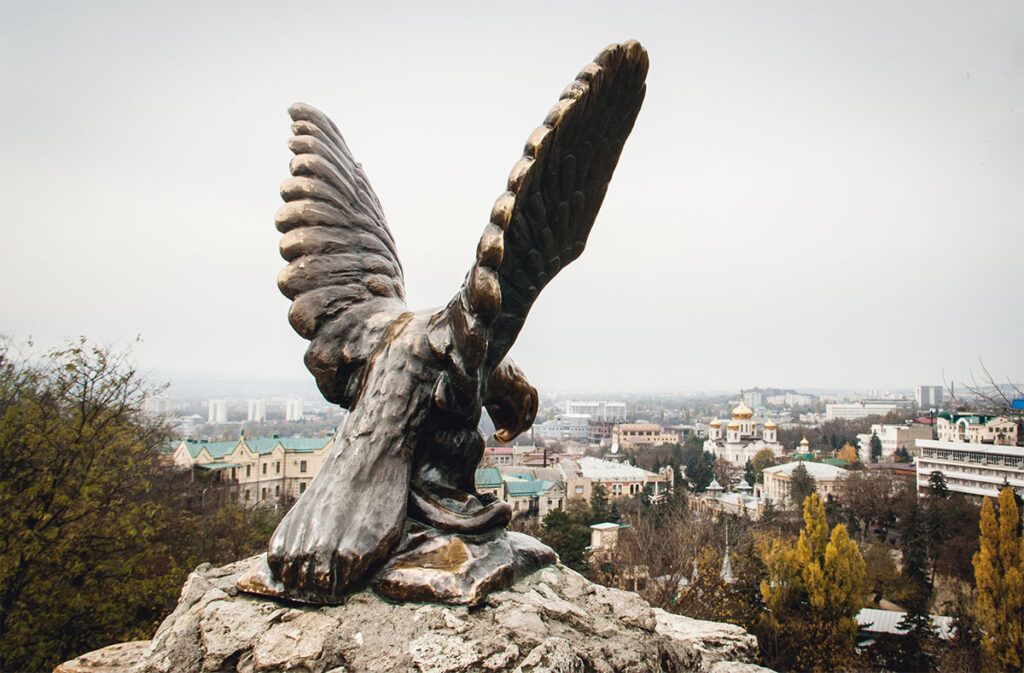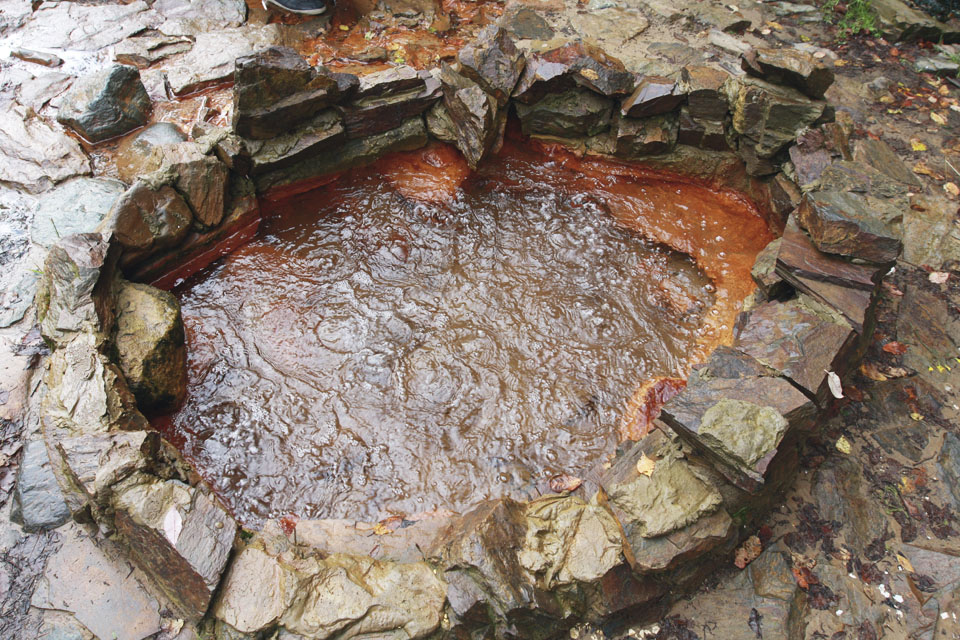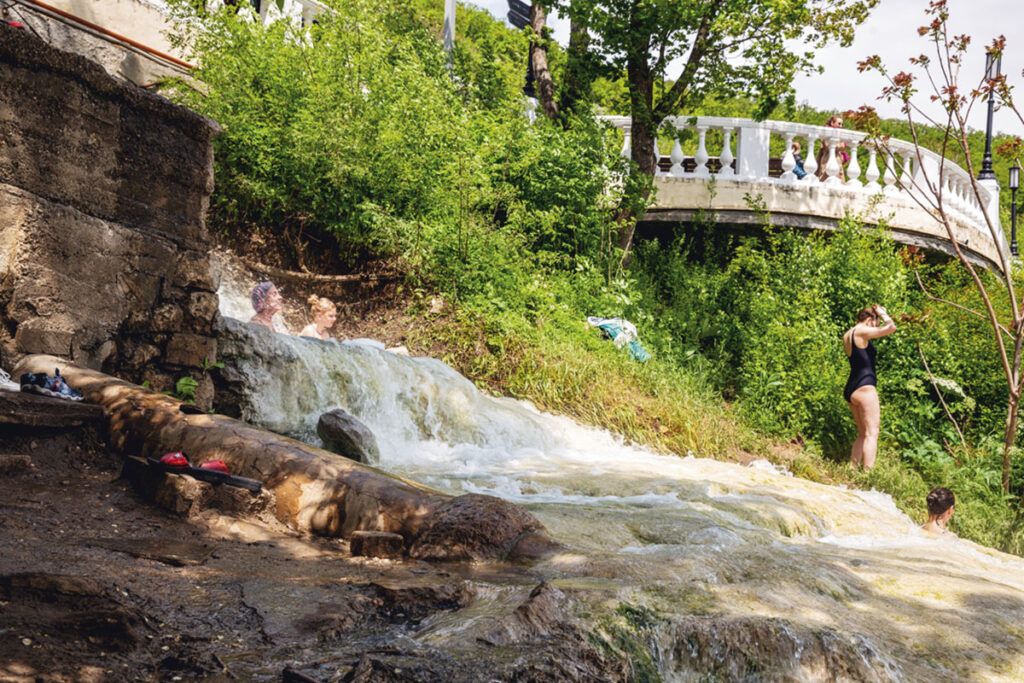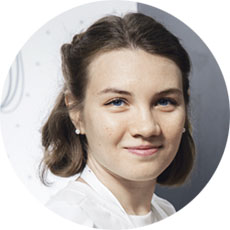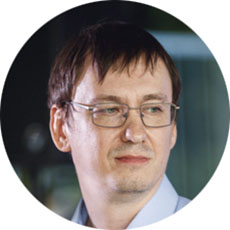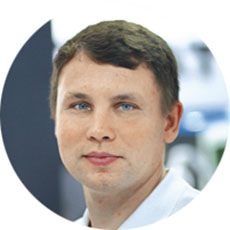Unident is represented in many Russian cities, and its employees travel a lot on official business. The editors of Unident Today asked five metropolitan managers to tell us interesting facts about the city they love to visit. I’ve also compiled travel statistics for 2024
Rostov-on-Don
The city has always played a crucial role in the life of the country because of its unique geographical position – it has access to five seas (Black, White, Baltic, Azov and Caspian). The modern city was founded on the site of the fortress of St. Demetrius of Rostov, laid to protect the border territories of Russia from the south, by order of Empress Elizabeth Petrovna. It was never done in this fortress. The oldest stone building in Rostov is the cathedral of the Armenian monastery Surb-Khach, it was built in 1792. The first printing house in the south of Russia was also founded in the same monastery.
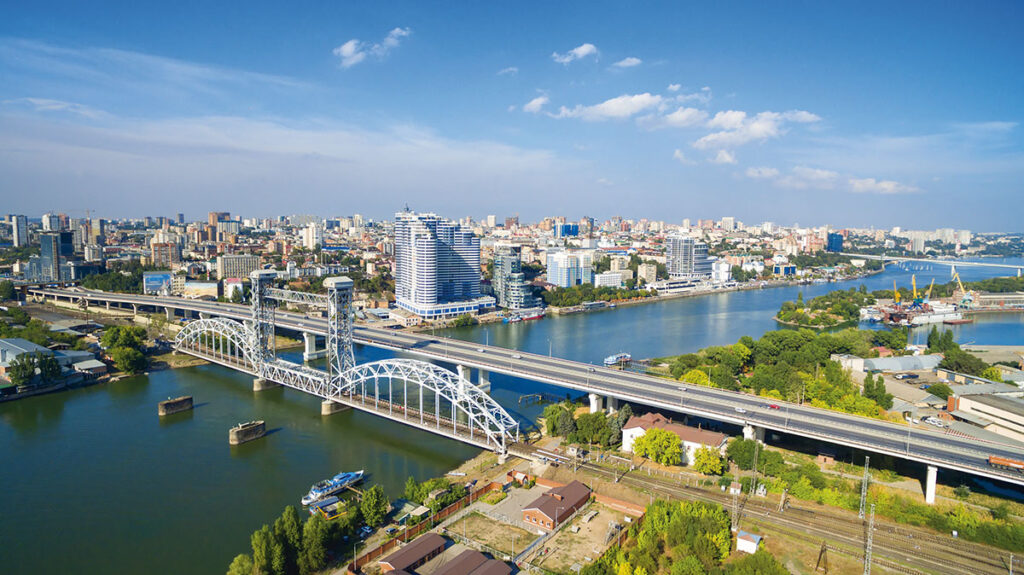
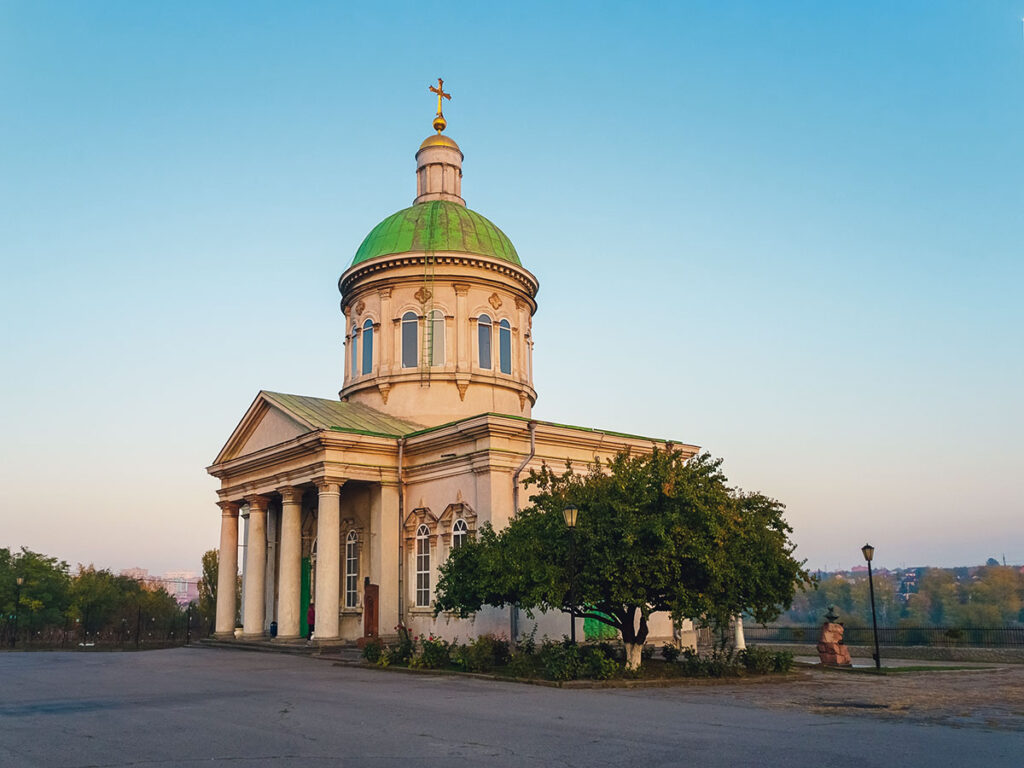
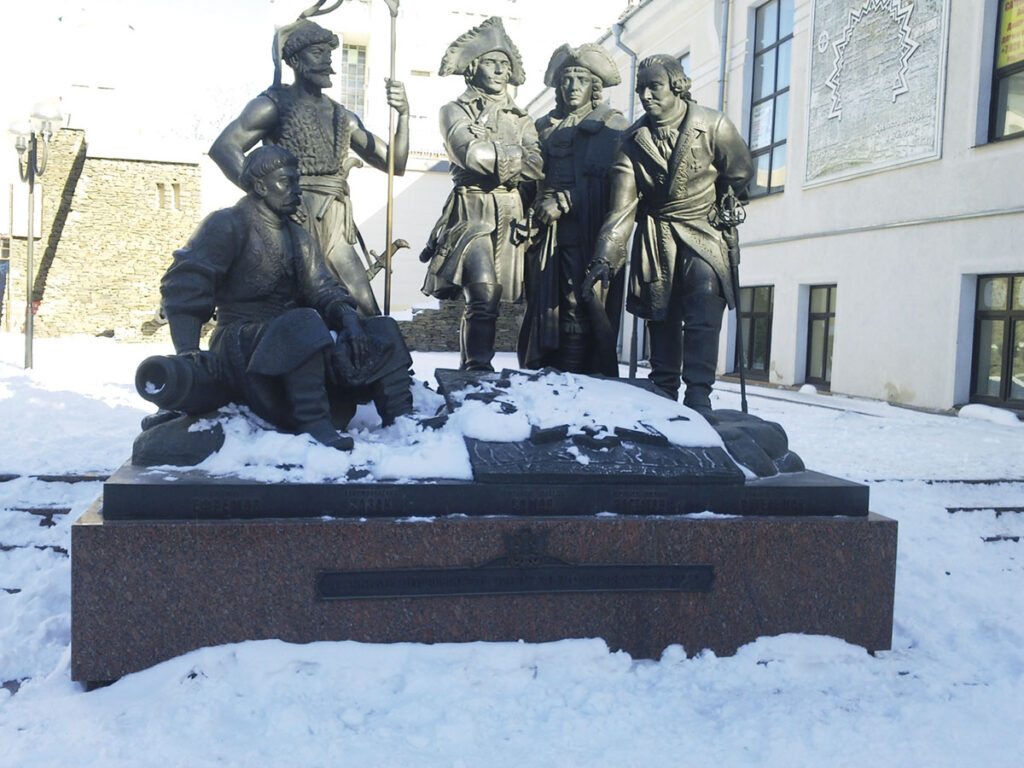
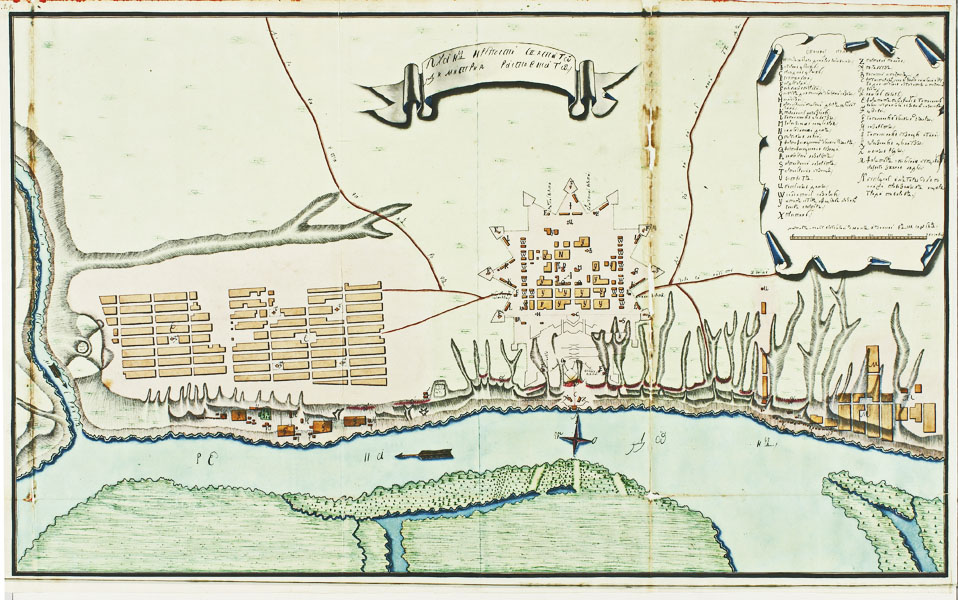
Irkutsk
The coat of arms of Irkutsk depicts a fictional animal – a black babr with a sable in its mouth. In general, in Russia Babr was called Amur tiger. But the foreign artist, who was commissioned to depict the city’s coat of arms, did not understand and, deciding that it was an unknown animal, simply added to the beaver big paws and a tiger’s face. Or, on the contrary, decorated the tiger with a beaver tail and webbed paws. The officials at the time paid no attention to the strange beast. This is how a fantastic black-coloured beast with a cat’s face, beaver tail and webbed feet appeared on the coat of arms.
In 1920, Admiral Kolchak was shot in Irkutsk. kolchak’s “Golden Train”, carrying the gold reserve of the Russian Empire, also disappeared in these places. By the way, Kolchak’s gold has never been found, it is still being searched for, it is believed to be safely hidden somewhere in the Irkutsk region.
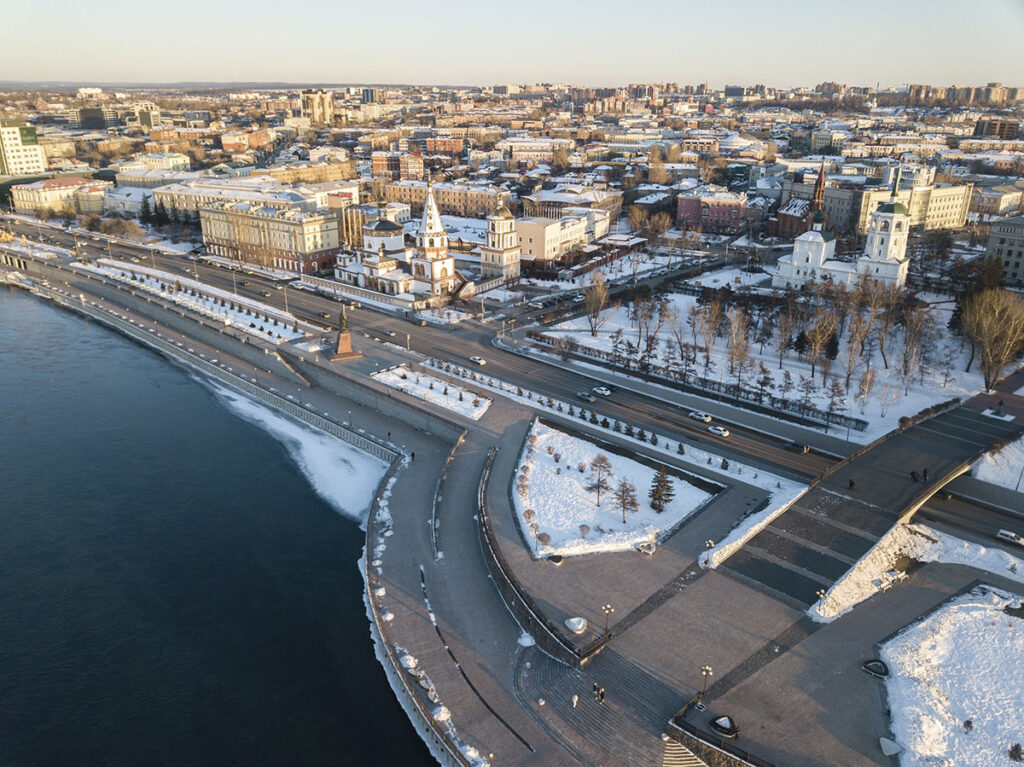
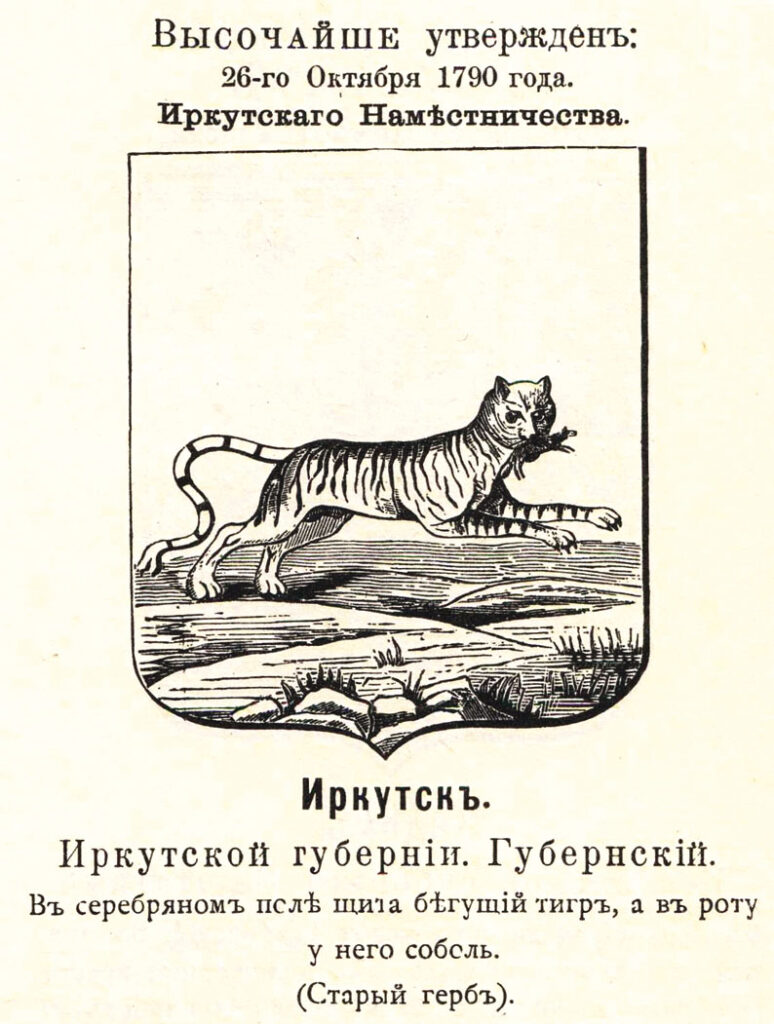
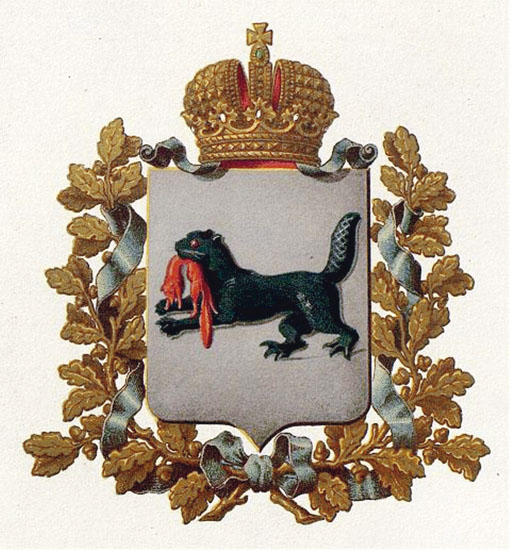
Tyumen
It is the first Russian city built in Siberia. It was founded in 1586 on the site of the capital of the Siberian Khanate. Now Tyumen is on the border dividing Russia into Asian and European parts.
In February 1944, the Tyumen police spent two weeks collecting cats and cats from all over the city to be sent to the Hermitage in Leningrad, where during the blockade many rodents, which posed a threat to works of art, had been breeding. the 238 mustachioed guards were sent to the Northern Capital, where they first exterminated rats and then gave a new population of Leningrad cats. In honour of them in Tyumen on Pervomayskaya Street they named the Siberian Cats Square.
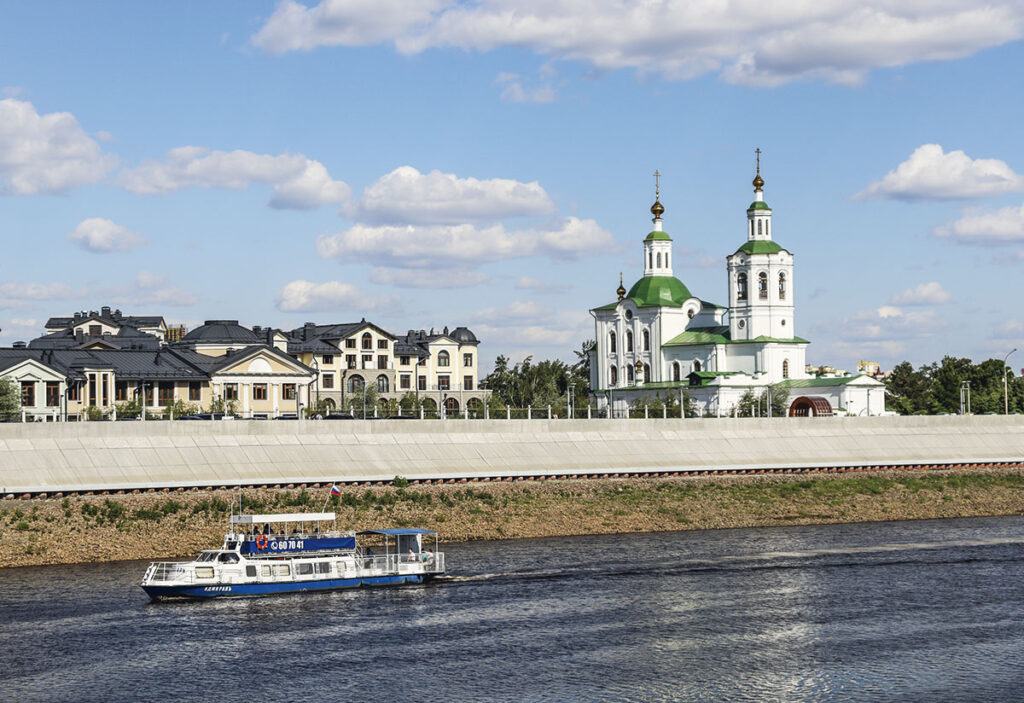
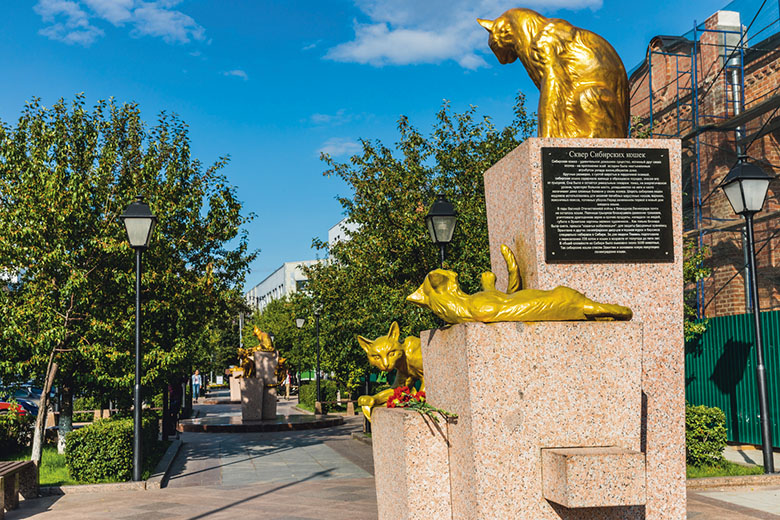
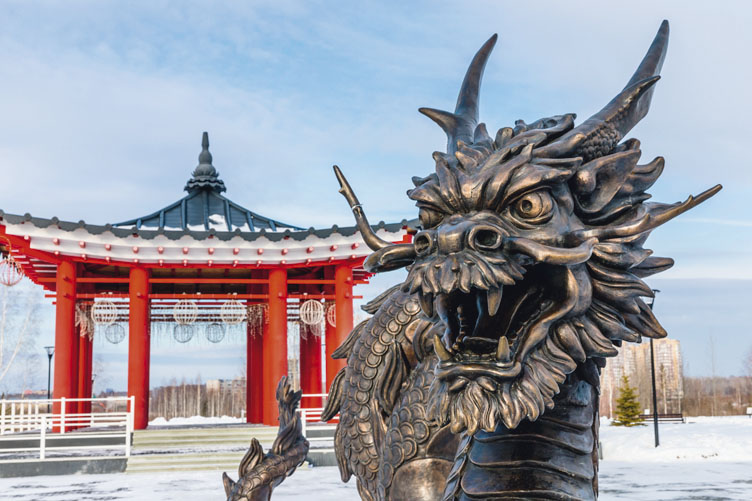
Yekaterinburg
The city is recognised as the world capital of avant-garde and constructivism – architectural styles of the early twentieth century. Dozens of constructivist buildings, built in the period of 1920-1930s, as well as neighbourhood towns, prototypes of modern residential complexes, have been preserved here. The most striking example of constructivist architecture is the Chekist Town complex.
Avant-garde style still defines the face of the city. After the October Revolution, Sverdlovsk became the main city of the Ural region, and its avant-garde development gave it the metropolitan spirit that Ekaterinburg retains today.
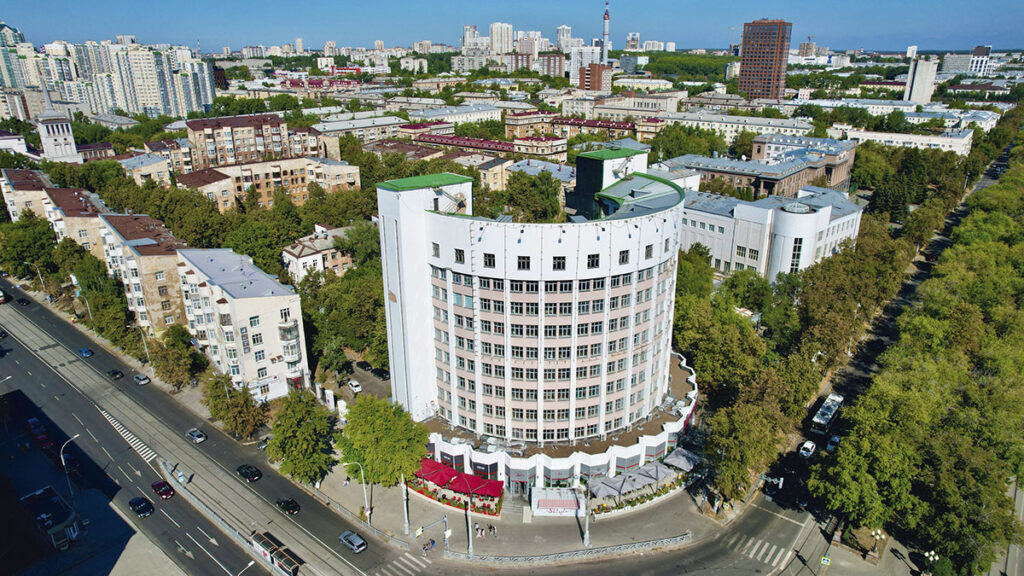
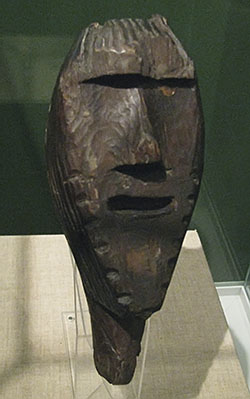
The most visited attraction of the town is the Shigirsky idol. It is approximately 11,000 years old and is the oldest wooden sculpture in the world. The mysteries of the idol are still unknown to scholars. It is said to encode the myth of the origin of the world. The sculpture is kept in the local museum of local lore.
Mineralnye Vody
Scholars have been investigating the springs of this region since the 18th century, but fame spread long before that. The word “Narsan” comes from the Kabardian language and means “drink of the Narts” – the legendary heroes of the ancient Nart epic.
Since ancient times, healing water has been drunk, washed, bathed children in it to strengthen their body and spirit. In 1717, Peter the Great’s personal physician Gottlieb Schober explored the springs in the area and learnt about the Sour Key from the locals. The doctor sent the Emperor a map with marked springs – it is considered to be the first mention of the Caucasian Mineral Waters.
In the town’s station square there is a sculpture of an eagle holding a poisonous snake with its talons. This bronze bird is a visiting card of the Caucasus. It is believed that a snake once stung an eagle on this spot. When he drank the healing water, it dissolved the poison and the eagle survived. The bird is now a symbol of fortitude and strength, and the fact that it holds a snake symbolises victory in the fight against disease.
